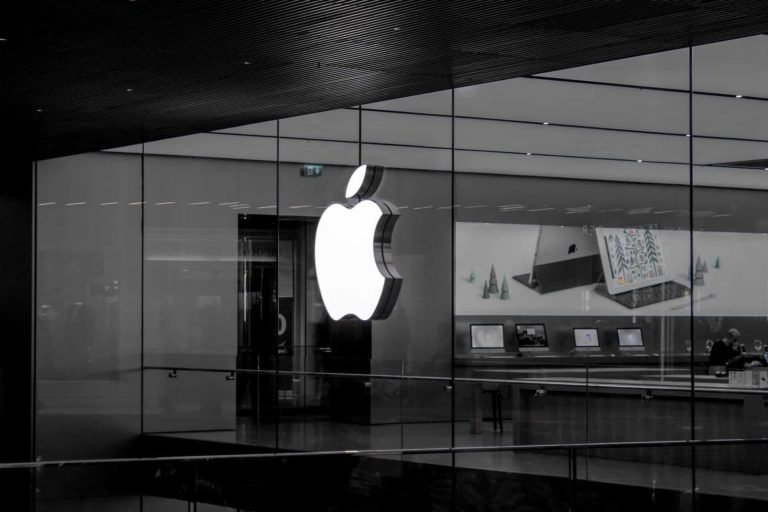
All eyes seem to be on Apple for its rumored AR hardware plans. And the rumor mill kicked into high gear this week when Bloomberg’s Mark Gurman reported that Apple’s longer-term AR glasses (not its nearer-term mixed reality headset) may be delayed or shelved.
But another bit of Apple AR news was overshadowed by all that excitement: the incorporation of AR shopping in Apple stores. Using an iPhone or iPad, shoppers can scan items to reveal informational overlays. This isn’t as sexy as AR glasses but is a practical and real outcome today.
This news was brought to us by another – again overshadowed – Gurman-penned newsletter last week. According to the Apple AR rumor hound, Apple has been working on the feature since 2020 (Covid delayed) and has begun testing it in stores over the past few months.
That testing likely has two reasons. The first and obvious reason is to stress test the functionality in the real world. The second is to gauge consumer interest in the still nascent and nebulous AR shopping. We say “nebulous” because it hasn’t fully assimilated into mainstream culture.
High Stakes
But if anyone can accelerate that process, it’s Apple. And it’s motivated to do so, given the high-stakes future-proofing bet it’s making on AR. To seed demand and consumer comfort before its mixed reality headset arrives, it wants to pave the way with simpler forms of mobile AR.
And this wouldn’t be the first time that Apple has planted AR seeds. That concept stands behind the very existence of ARKit. And with the AR shopping play, Gurman says that it could further scale based on Apple plans to release an API so that third-party retailers can integrate it.
Speaking of third parties, this retail AR use case is rarely discussed but is opportune. As experimented by Walmart and others, the idea is to get in-aisle AR overlays. That can create more informed shoppers, or enliven retail aisles with animated product demos or spokespeople.
“If the service debuts in the near future, it would be one of Apple’s most significant AR-related launches to date — and a taste of what’s to come with the headset,” wrote Gurman. If he’s right, Apple could be smart enough to focus on real mixed-reality utilities as opposed to novelties.
Classic Apple
Speaking of Apple’s mixed-reality headset plans, why is it doing it to begin with? In short, it’s about future-proofing. It’s all too aware that the iPhone – its biggest cash cow – is reaching global saturation. As that happens, Apple’s wearables line has counterbalanced iPhone growth declines.
And wearables is precisely where a headset would live. It will follow Apple’s multi-device ecosystem playbook, incentivizing users to own several devices. Visuals from your glasses will play off spatial audio from your AirPods and biometrics from your Apple Watch. It’s classic Apple.
But to be clear, an all-day pair of AR glasses are a few years from reality, given underlying tech and cultural readiness. The rumored 2023 headset will be more of a VR-like entertainment device (with passthrough AR). That could pave the way for AR glasses later (or possibly not).
But before we get to either outcome, today’s reality is mobile AR. As we’ve examined, mobile AR doesn’t do the technology justice in terms of immersive depth… but it scales today in piggybacking on 3.2 billion global smartphones. And that’s where Apple is planting AR seeds.
Header image credit: Hussam Abd on Unsplash

